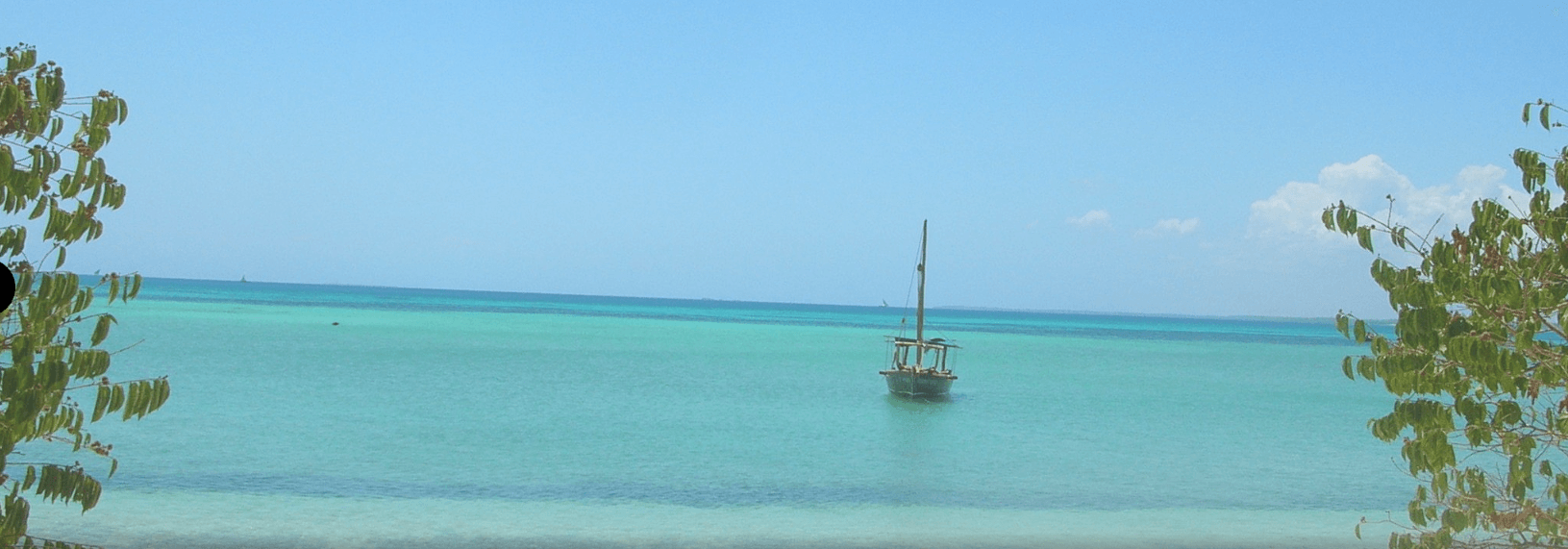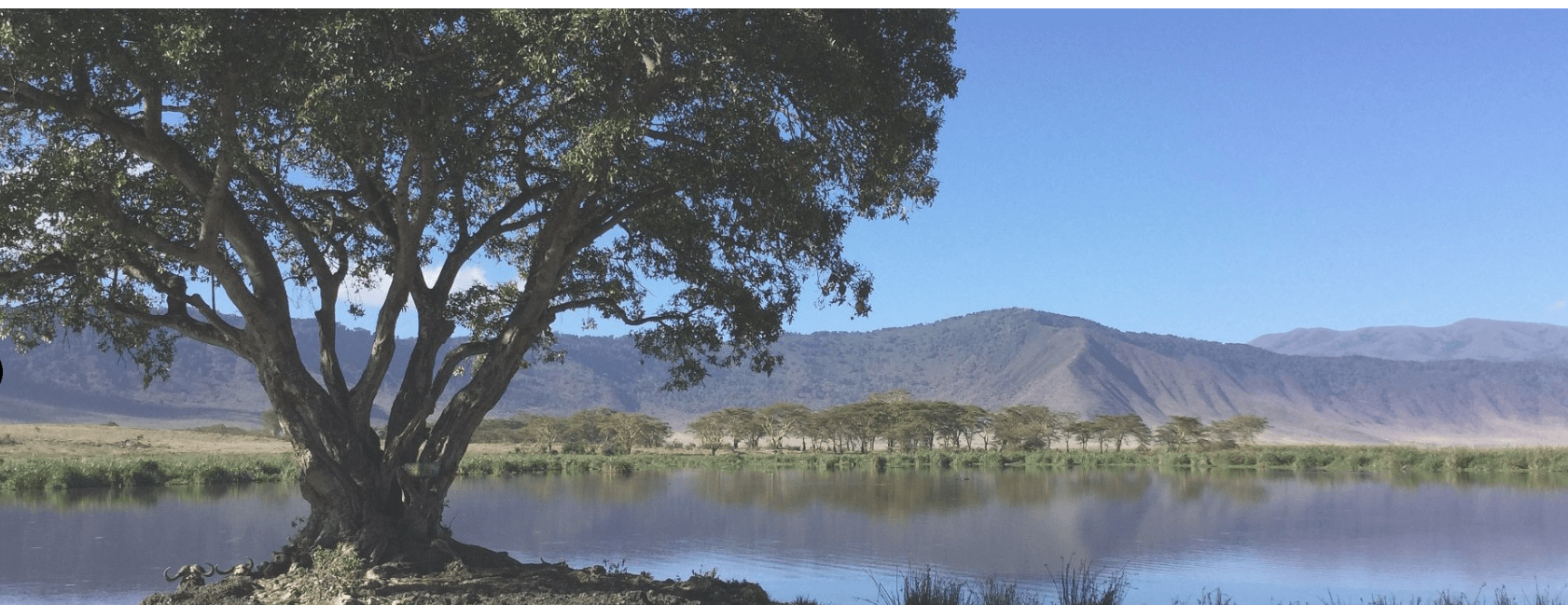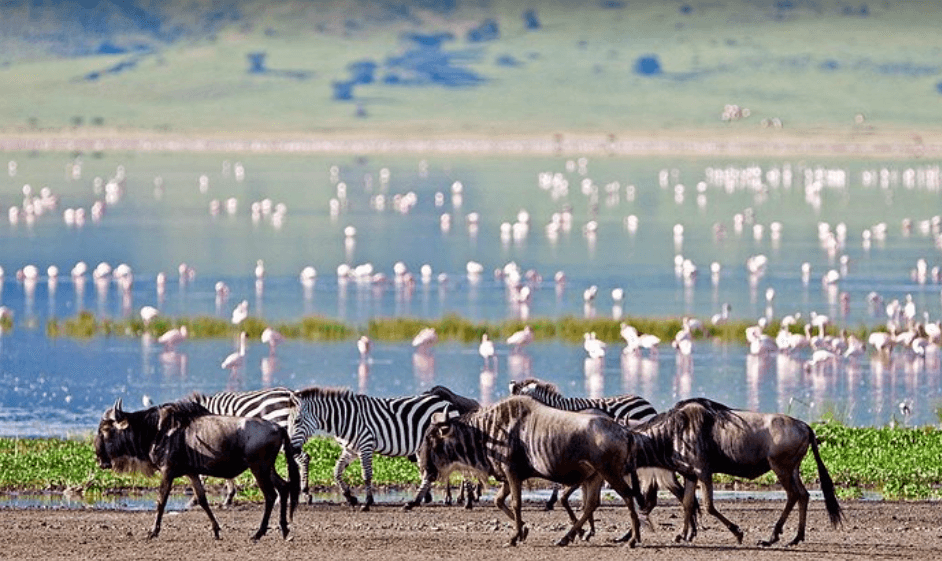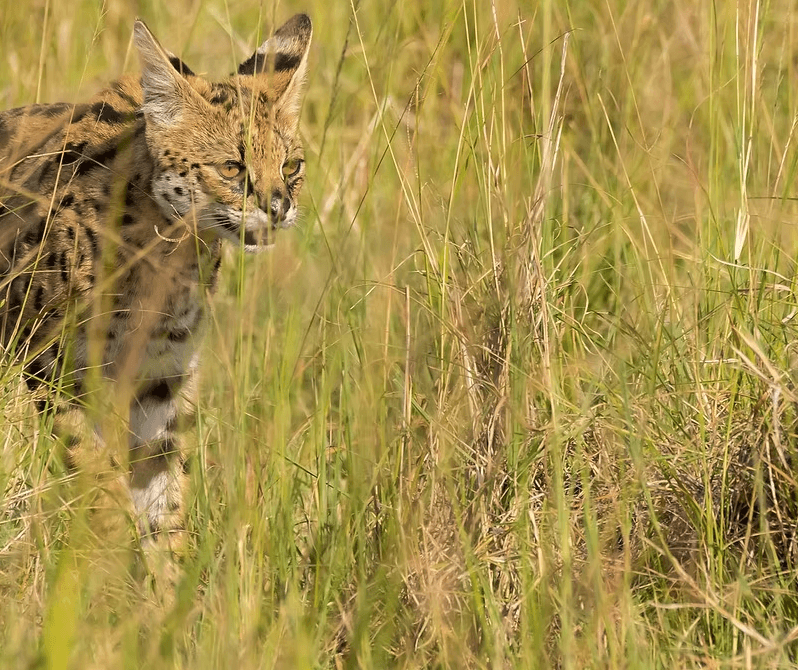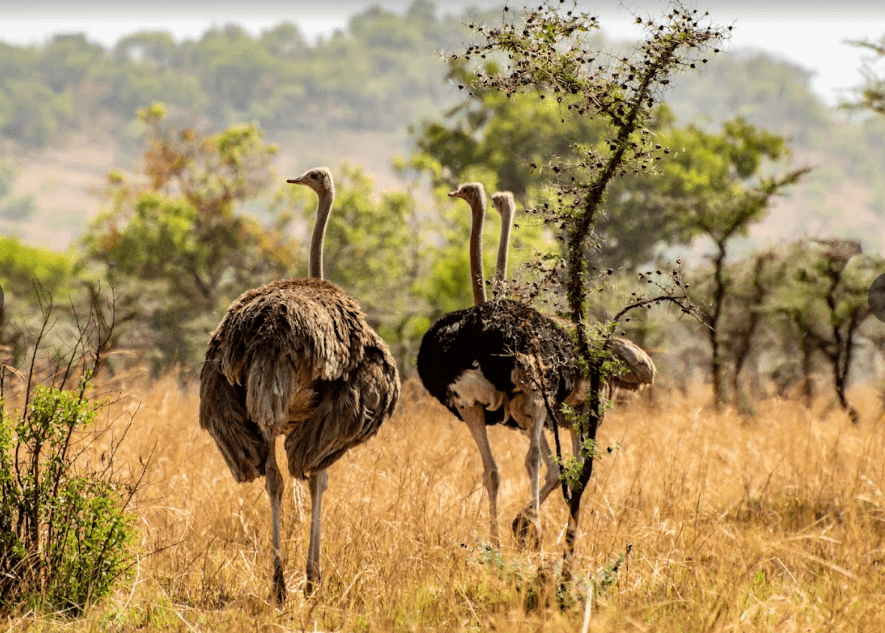Serengeti National Park
Serengeti National Park: A Complete Travel Guide
Serengeti National Park is one of Africa’s most iconic wildlife destinations, renowned for its vast savannahs, diverse ecosystems, and breathtaking natural beauty. Located in northern Tanzania, this UNESCO World Heritage Site is famous for hosting the Great Migration, where millions of wildebeests, zebras, and gazelles traverse the plains in search of greener pastures.
Beyond the migration, Serengeti offers exceptional game drives, luxury safari lodges, and a chance to see Africa’s “Big Five” – lions, leopards, elephants, rhinos, and buffaloes. Whether you’re a wildlife enthusiast, a photographer, or a nature lover, a trip to Serengeti National Park promises an unforgettable adventure.
In this guide, we’ll cover everything you need to know about visiting Serengeti, including how to get there, top attractions, available activities, accommodation options, and frequently asked questions.
Overview of Serengeti National Park
Serengeti National Park spans approximately 14,750 square kilometers (5,700 square miles) and is part of the larger Serengeti ecosystem, which includes the Ngorongoro Conservation Area, Maswa Game Reserve, and Kenya’s Maasai Mara National Reserve. The park’s name, derived from the Maasai word “Siringet,” means “endless plains,” which perfectly describes its vast, open landscapes.
The park’s climate is mostly warm and dry, with two rainy seasons: the short rains from November to December and the long rains from March to May. These seasonal changes play a crucial role in the movement of wildlife, particularly the Great Migration.
Why Visit Serengeti National Park?
- Home to the Great Migration, one of the Seven Natural Wonders of Africa
- Offers some of the best wildlife viewing in the world
- Hosts over 500 bird species, making it a birdwatcher’s paradise
- Features diverse landscapes, from endless plains to woodlands and riverine forests
- Provides exclusive luxury safari lodges and budget-friendly campsites
How to Get to Serengeti National Park
Flying is the most convenient way to reach Serengeti. Several domestic airlines operate flights from major cities like Arusha, Dar es Salaam, and Zanzibar to airstrips within the park. The main airstrips include:
- Seronera Airstrip – Central Serengeti
- Kogatende Airstrip – Northern Serengeti (ideal for Great Migration viewing)
- Grumeti Airstrip – Western Serengeti
- Kusini Airstrip – Southern Serengeti
Flights typically take 1–2 hours, and most safari lodges offer pick-up services from these airstrips.
For those who prefer a scenic road trip, Serengeti is accessible by road from Arusha, which serves as the main gateway to the park. The journey takes about 6–7 hours, passing through the stunning landscapes of the Great Rift Valley and Ngorongoro Conservation Area.
Travelers can hire private 4×4 safari vehicles with experienced guides or join organized group tours.
By Train (Future Possibilities)
While there is no direct railway to Serengeti, Tanzania has been expanding its rail network. In the coming years, there may be improved rail connections to key safari regions, making travel even more accessible.
Top Tourist Attractions in Serengeti National Park
1. The Great Migration
One of the greatest natural spectacles on Earth, the Great Migration sees over 1.5 million wildebeests, 200,000 zebras, and thousands of gazelles migrate in a circular route between Serengeti and Maasai Mara. The best time to witness this event varies by season:
- Calving Season (January–March) – Southern Serengeti (Ndutu Plains)
- Grumeti River Crossing (May–June) – Western Serengeti
- Mara River Crossing (July–September) – Northern Serengeti
- Return Migration (October–November) – Central Serengeti
2. Seronera Valley (Big Cat Territory)
The heart of Serengeti, Seronera Valley, is one of the best places to spot lions, leopards, and cheetahs. This region offers year-round wildlife viewing due to its permanent water sources.
3. Lobo Valley (Untouched Wilderness)
Located in the northern part of the park, Lobo Valley is a less crowded yet stunning area with abundant wildlife, rolling hills, and granite kopjes.
4. Retima Hippo Pool
A must-visit site, Retima Hippo Pool is home to hundreds of hippos basking in the sun or playfully fighting in the water.
5. Moru Kopjes (Ancient Rock Formations)
Moru Kopjes are giant rock formations that provide shelter to lions and leopards. This area also features Maasai rock paintings and the rare black rhinos.
6. Grumeti River (Predator-Prey Drama)
The Grumeti River is famous for its crocodile-infested waters, where wildebeests make daring crossings during the migration.
7. Balloon Safaris (Aerial View of Serengeti)
For a once-in-a-lifetime experience, a hot air balloon safari offers breathtaking aerial views of the Serengeti at sunrise.
Best Activities to Do in Serengeti National Park
1. Game Drives (Morning, Afternoon & Night Safaris)
Explore the park in an open-roof safari vehicle, guided by experts who track the Big Five and other incredible wildlife.
2. Birdwatching Tours
With over 500 bird species, including secretary birds, ostriches, and vultures, Serengeti is a paradise for bird lovers.
3. Cultural Tours with the Maasai Tribe
Visit nearby Maasai villages to learn about their traditions, dances, and way of life.
4. Walking Safaris
Guided walking safaris provide an intimate experience with nature, allowing visitors to spot smaller creatures and learn about plant life.
5. Photography Tours
Serengeti’s golden landscapes, dramatic skies, and diverse wildlife make it a dream destination for photographers.
Where to Stay in Serengeti National Park
Luxury Safari Lodges
- Four Seasons Safari Lodge – Five-star luxury with incredible views
- Singita Grumeti Reserves – Exclusive and private safari experience
- Serengeti Bushtops – Ultra-luxurious tented camp
Mid-Range Accommodations
- Serengeti Serena Safari Lodge – Beautifully located with modern comforts
- Kati Kati Tented Camp – Offers a classic safari feel at an affordable price
Budget-Friendly Campsites
- Seronera Campsites – Great for adventure travelers
- Lobo Campsites – Ideal for Northern Serengeti explorations
Frequently Asked Questions (FAQs)
1. What is the best time to visit Serengeti?
The best time depends on what you want to see:
- December to March – Best for calving season and predator sightings
- June to October – Great for the Great Migration and general wildlife viewing
2. How much does a Serengeti safari cost?
A budget safari can start at $200 per day, while luxury safaris range from $500 to $2,000 per day.
3. Are there malaria risks in Serengeti?
Yes, Serengeti is in a malaria-prone region, so travelers should take precautions such as anti-malarial medication and insect repellent.
4. Can I visit Serengeti on a self-drive safari?
Yes, but a 4×4 vehicle is required, and hiring a guide is highly recommended for a better experience.
5. Do I need a visa for Tanzania?
Most travelers need a visa, which can be obtained online or on arrival at Tanzanian airports.
Serengeti National Park is a must-visit destination for anyone seeking a true African safari adventure. From the Great Migration to the stunning landscapes and luxury lodges, every moment spent here is magical. Whether you’re planning a honeymoon, a family trip, or a solo expedition, Serengeti offers something unforgettable for every traveler.
Start planning your Serengeti adventure today and witness the wonders of the African wilderness!

